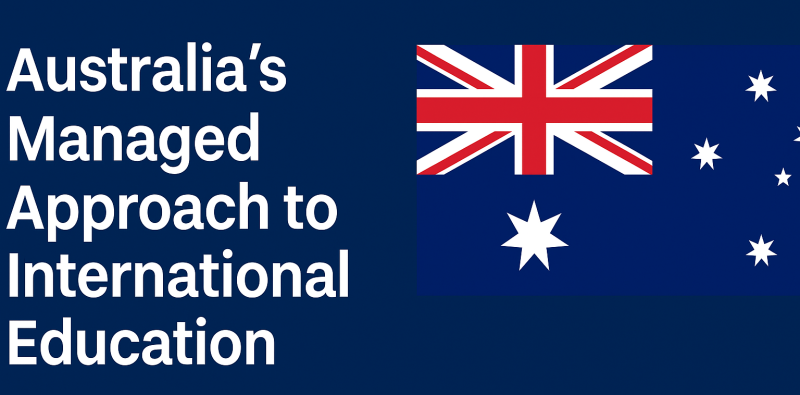
Australia’s Education Minister Jason Clare has taken a firm stance on reshaping the nation’s international education sector, advocating for a “managed system” to balance growth with control. Speaking at the AFR Higher Education Summit in Sydney on August 19, 2025, Clare defended the government’s new approach, emphasizing its commitment to both domestic education and the strategic importance of international students.
A Controlled Expansion
The Australian government has raised the National Planning Level (NPL) for international student enrolments to 295,000 for 2026, up from 270,000 in 2025. Described by some as a “de facto cap,” this framework, guided by Ministerial Direction 111, allows the Department of Education to prioritize visa processing for up to 80% of each institution’s allocated student numbers, with standard processing thereafter. Clare clarified, “It’s not a hard cap—universities can exceed their allocations, but we’re ensuring managed growth.” As of August 1, 2025, higher education institutions are at 83% of their NPL, while vocational education and training (VET) providers lag at 60%, reflecting sector-specific challenges.
The newly established Australian Tertiary Education Committee (ATEC), currently operating in an interim capacity, will play a pivotal role in enforcing these limits. By 2027, ATEC will work with universities to design compacts that ensure compliance with allocated student numbers, preventing over-enrolment while fostering sustainable growth. Clare highlighted the additional 25,000 places for 2026 as evidence of the government’s intent to support the sector responsibly.
Balancing Domestic and International Priorities
Clare underscored that universities’ primary responsibility is to educate Australian students, but he also recognized the broader value of international education. “It’s not just about revenue,” he noted. “International students build lasting connections, taking their appreciation for Australia back to their home countries. That’s a diplomatic superpower.” The sector contributes significantly to the economy, with international education generating billions annually and fostering global goodwill.
Data from the Department of Education shows that as of August 1, 2025, 259 providers—26 public universities, five TAFEs, 75 higher education/dual-sector providers, and 153 VET providers—have reached their prioritization threshold of 80% under Ministerial Direction 111. With higher education at 105% of its indicative NPL (including students yet to commence), the sector is nearing capacity, while VET remains underutilized at 79%.
Looking Beyond Traditional Models
Clare also urged institutions to explore innovative approaches, such as Transnational Education (TNE). Highlighting RMIT’s twinning degree program with BITS Pilani in India as a model, he encouraged universities to expand their global footprint through partnerships and offshore campuses. “International education isn’t a one-way street,” Clare said. “There’s immense potential to deliver education abroad and strengthen Australia’s global influence.”
A Strategic Vision
The minister’s unapologetic push for a managed system reflects a broader strategy to balance economic benefits with institutional accountability. By prioritizing domestic education while fostering controlled growth in international enrolments, Australia aims to maintain its position as a global education leader. The establishment of ATEC and the refined NPL framework signal a shift toward greater oversight, ensuring that universities and VET providers align with national priorities.
As Australia navigates this evolving landscape, Clare’s vision emphasizes sustainability, diplomacy, and innovation. The challenge for institutions will be to adapt to these new constraints while capitalizing on opportunities to strengthen global ties through education.
